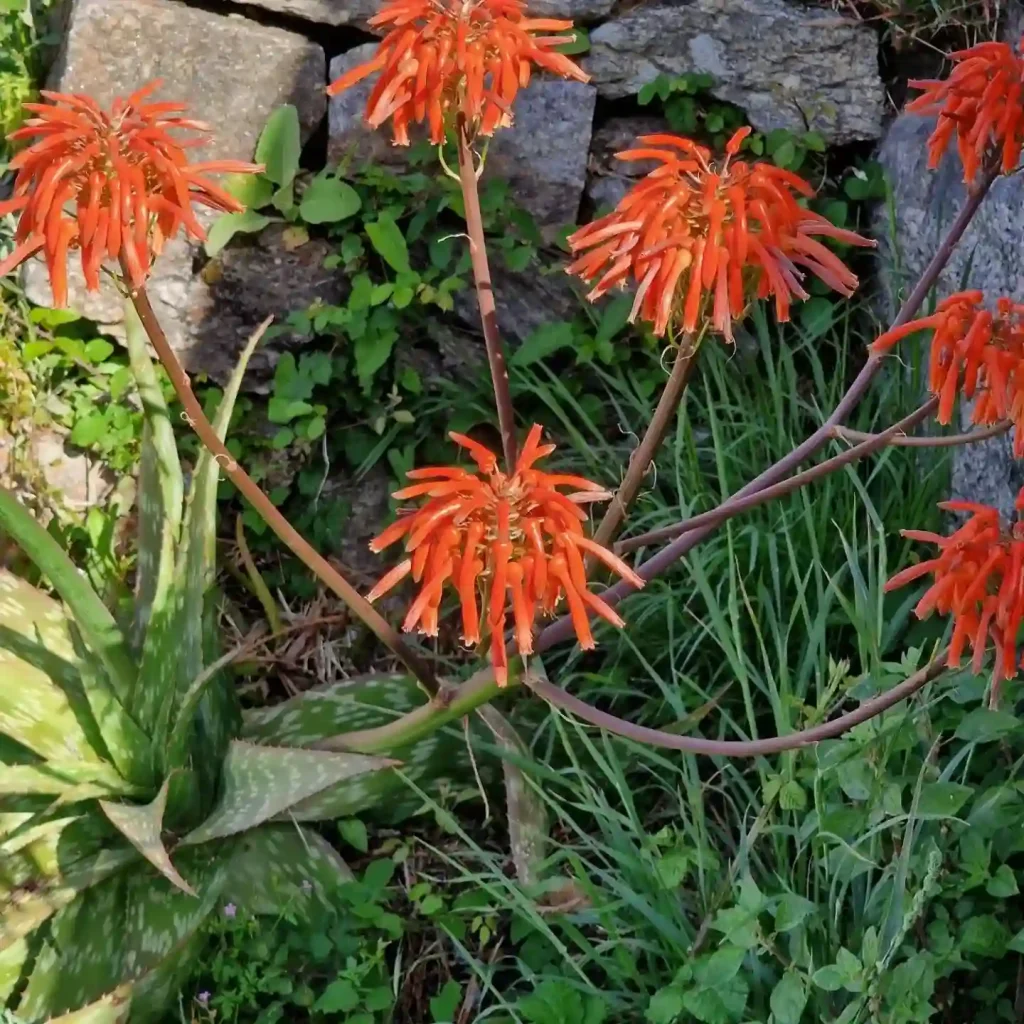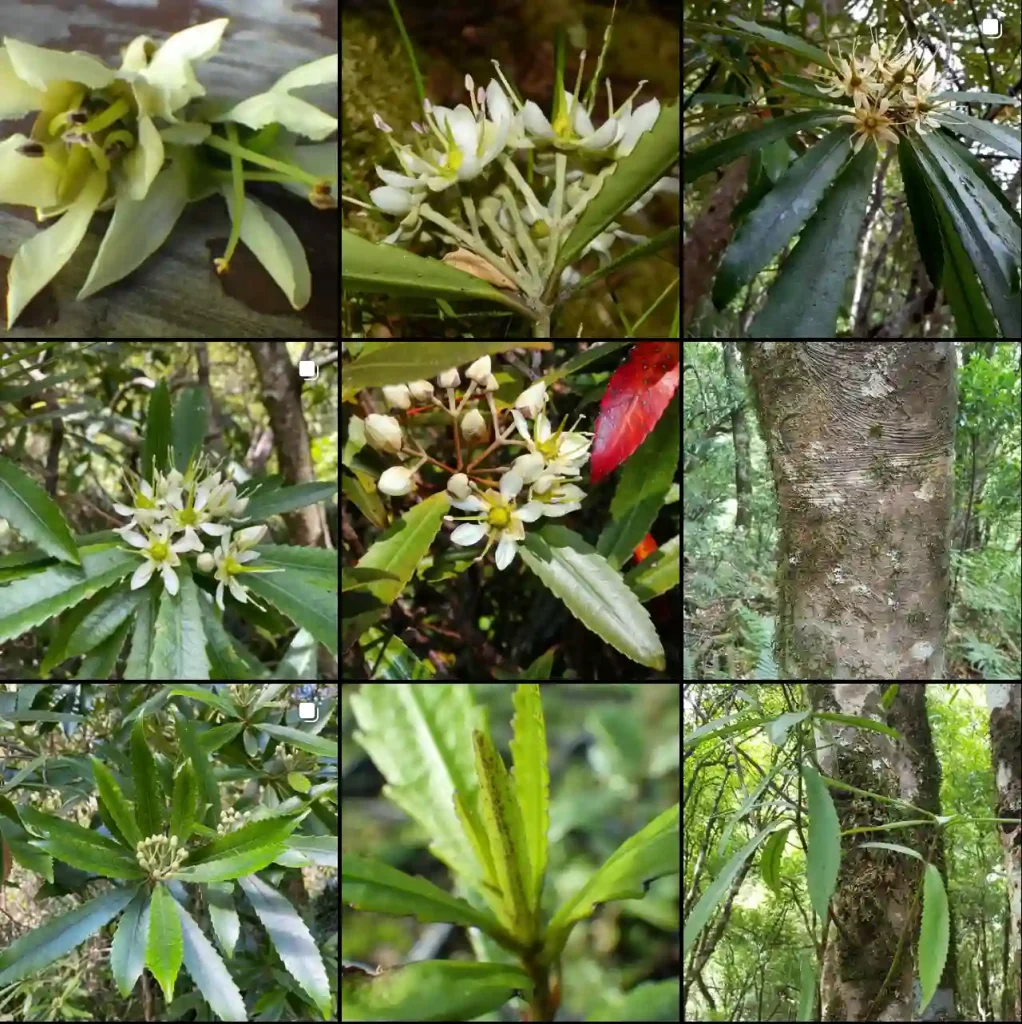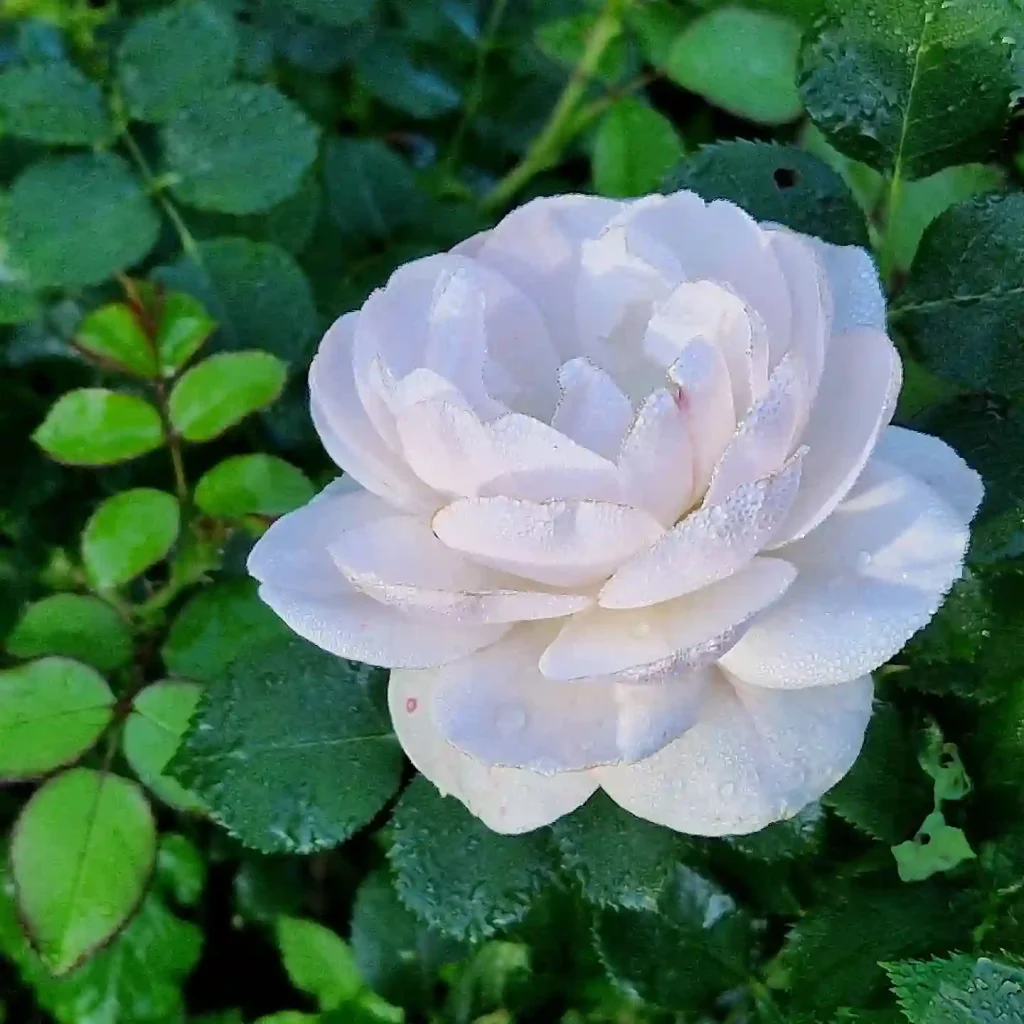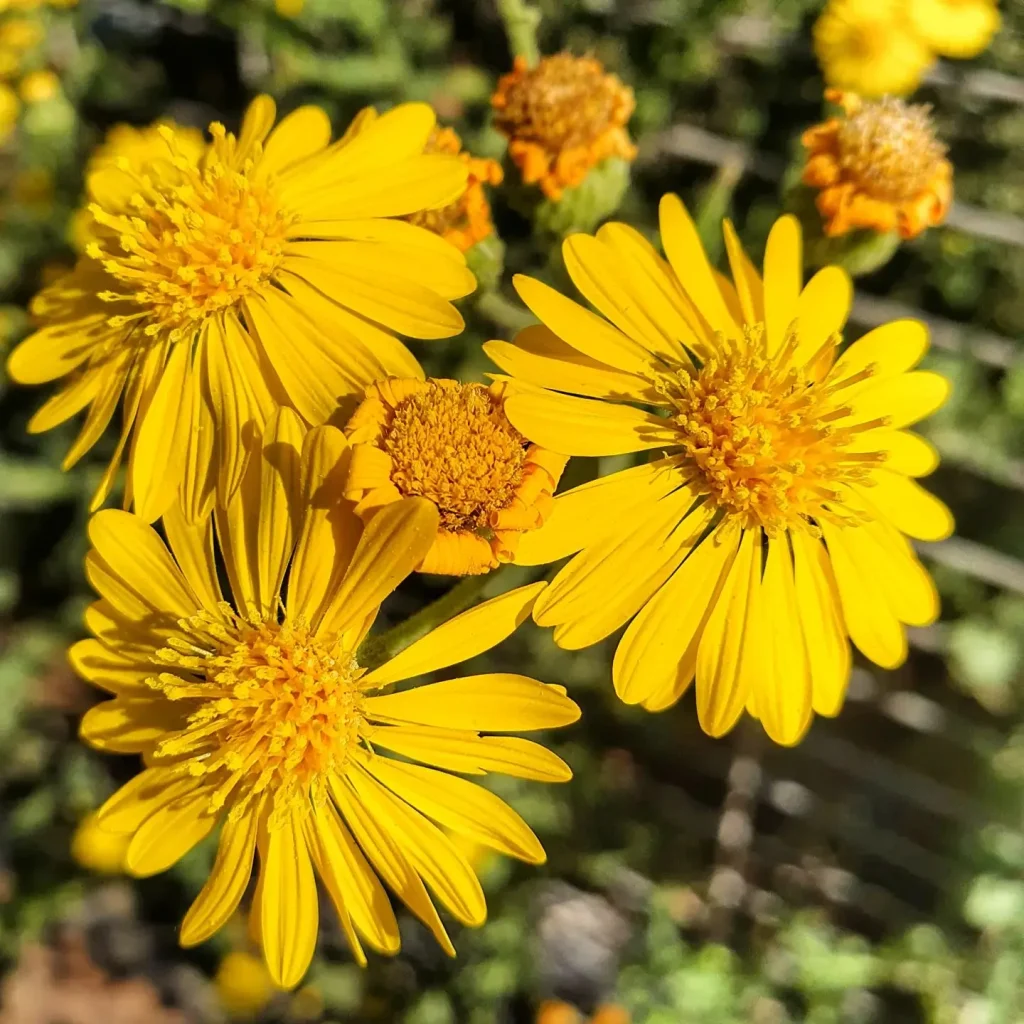FAQs About Arachis Repens
Arachis Repens, commonly known as the Groundnut or Peanut plant, is a unique and versatile plant that I’ve come to appreciate for its various uses and benefits. In this article, I’ll address some frequently asked questions about Arachis Repens, covering everything from care tips to its companion plants.
What Is Arachis Repens?
Arachis Repens is a perennial legume belong to the Fabaceae family, native to South America. Known for its sprawling habit, it produces underground pods containing edible peanuts. This plant not only provides a nutritious snack but also enriches the soil through nitrogen fixation. I’ve found it fascinating how a single plant can serve both as a food source and a natural fertilizer.
Plant Family: 796 Genera in Fabaceae
How to Care for Arachis Repens?
Caring for Arachis Repens is quite straightforward, which is why I’ve enjoyed growing it in my garden. Here are some key points:
- Light Requirements: This plant thrives in full sun. I’ve noticed that it flourishes best when it receives at least six hours of direct sunlight daily.
- Soil Conditions: Arachis Repens prefers well-drained, sandy loam soil. I recommend testing your soil pH, aiming for a range between 5.8 and 7.0. Adding organic matter can improve soil quality.
- Watering Needs: While it can tolerate drought, consistent moisture promotes better growth and pod development. I usually water it deeply once a week, adjusting based on rainfall.
- Fertilization: I don’t heavily fertilize Arachis Repens, but a balanced fertilizer during the growing season can enhance its growth.
How to Propagate Arachis Repens?
Propagating Arachis Repens is relatively easy. Here’s how I typically do it:
- Seed Sowing: I plant seeds directly in the garden after the last frost. Ensure they’re spaced about 6 inches apart for optimal growth.
- Rhizome Division: If you have an established plant, dividing its rhizomes in early spring is an effective method. Just dig up the plant and separate the rhizomes, then replant them.
- Timing: I’ve found that spring is the best time for propagation. The warmer soil encourages quicker germination.
What to Plant With Arachis Repens?
Companion planting can enhance the growth of Arachis Repens. I’ve successfully paired it with the following plants:
- Corn: The height of corn provides shade, while the Groundnut enriches the soil.
- Pumpkins: Their sprawling vines create ground cover, helping retain moisture for the peanuts.
- Squash: Similar benefits as pumpkins; they share the space well and can deter pests.
Is Arachis Repens Toxic?
Arachis Repens is not toxic to humans or pets, which is one of the reasons I enjoy having it around. The peanuts produced are safe to eat, and I often snack on them straight from the garden. However, some people might be allergic to peanuts, so it’s essential to be cautious if you’re serving them to guests.
What Are the Benefits of Arachis Repens?
The benefits of Arachis Repens are extensive:
- Soil Improvement: As a legume, it fixes nitrogen in the soil, improving its quality for future crops.
- Nutritional Value: Peanuts are a great source of protein, healthy fats, and vitamins.
- Ground Cover: Its dense foliage prevents weed growth, which I’ve found invaluable in maintaining my garden’s health.
- Erosion Control: Its root system helps prevent soil erosion, making it an excellent choice for sloped areas.
Common Problems with Arachis Repens
Like any plant, Arachis Repens can face some challenges:
- Pests: Aphids and spider mites are common pests. I use insecticidal soap or neem oil to manage infestations effectively.
- Disease: Fungal infections can occur in overly wet conditions. Ensuring good air circulation and proper spacing helps mitigate this risk.
- Nutrient Deficiency: If the leaves turn yellow, it could indicate a nitrogen deficiency. I apply a balanced fertilizer to correct this.
How Does Arachis Repens Compare with Other Ground Covers?
When compared to other ground covers, Arachis Repens stands out for its dual-purpose role as both a decorative plant and a food source. For example, while creeping thyme is an excellent ground cover for aesthetics, it doesn’t provide the added benefit of edible pods. Another comparison could be with clover; while both improve soil quality, Arachis Repens offers the additional yield of peanuts.
Conclusion
In conclusion, Arachis Repens is a remarkable plant that brings both beauty and utility to any garden. Its ease of care, ability to improve soil health, and nutritious yields make it a favorite of mine. Whether you’re a seasoned gardener or a novice, I encourage you to consider adding Arachis Repens to your plant collection. You won’t be disappointed!
If i die, water my plants!



